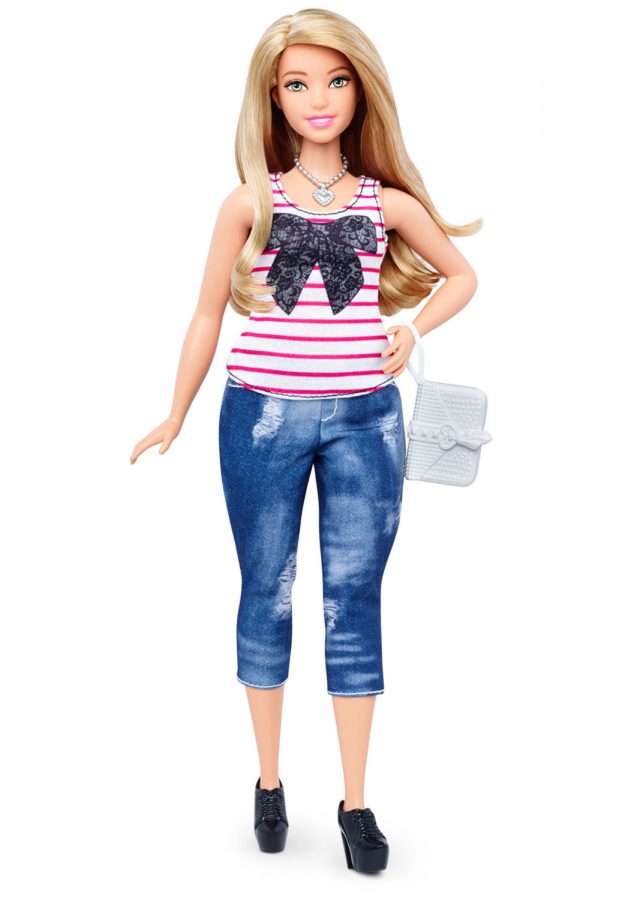New line of Barbie dolls unnecessary
American toy manufacturing company Mattel announced the expected release a new line of Barbie dolls on Jan. 27 promising varied body types and sizes as opposed to the hourglass-shaped model the brand has become synonymous with.
Feminists, social activists and parents are excited about the new dolls, believing that it would bring about change in the way young girls and boys view beauty in relation to themselves.
These people are undoubtedly coming from a place of desprately wanting to end low self-esteem that has led many American boys and girls down a path of eating disorders, mental disorders and even suicide. However, they are misguided because by even suggesting that kids acknowledge Mattel’s depiction of the world as valid in any degree, they are putting the self-esteem of their children into the hands of a company who — as a business — cares more about their profits than children’s self-esteem.
Mattel’s decision to portray a wider variety of body types in its range of dolls is great, but regardless of how many dolls the company creates, it can never truly capture enough variations of the human body to paint a true picture of reality. After all, there is still no disabled Barbie.
So if we give kids the impression that they should look to Barbies and Kens to get a picture of reality, they will never actually see the world as it really is.
This way of showing children the world is exactly what we are trying to run away from: a world where something is not appreciated unless those in positions of influence put their stamp of approval on it.
Why can’t little Sally love her red hair even without redhead barbie? Why can’t little Jane love her plump face with freckles splattered across it like a mini galaxy?
Mattel doesn’t owe us anything. Barbie did not sign a contract to show our kids what the world looks like. When Ruth Handler created the very first Barbie doll for her daughter Barbara, she did not vow to make sure that all daughters and sons around America get a doll that resembles them as well.
Children should not see the beauty in themselves because Mattel says so, but irrespective of what Mattel says. Children should be able to intrinsically see the beauty in themselves and the beauty around them.
So why don’t we stop urging our kids to look in the toy aisle for what beauty looks like and instead point them to look in the mirror and see beauty, raw and unedited?







